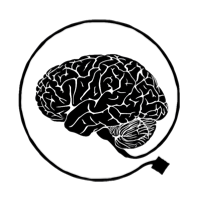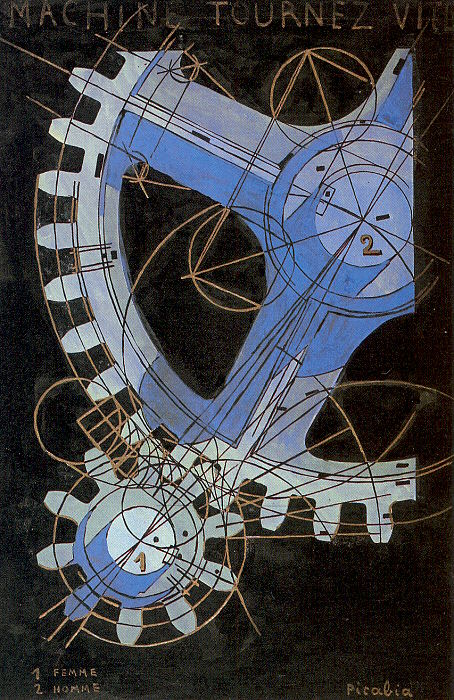Another video discussion from the Institute for Art and Ideas:
Cognitive Phenomenology: What is the Issue?
First off, thanks to John Schwenkler for inviting me to write a few posts about my new book, Cognitive Phenomenology, and also for inviting other authors to write about their new books. I’ve really enjoyed following this series on the Brains Blog. In this post I will isolate what I …





